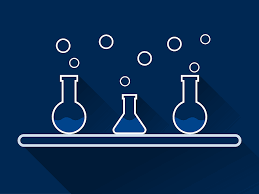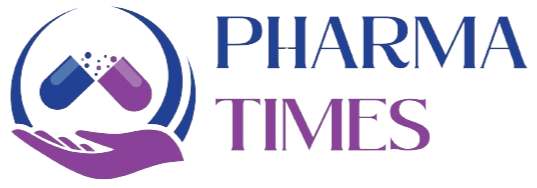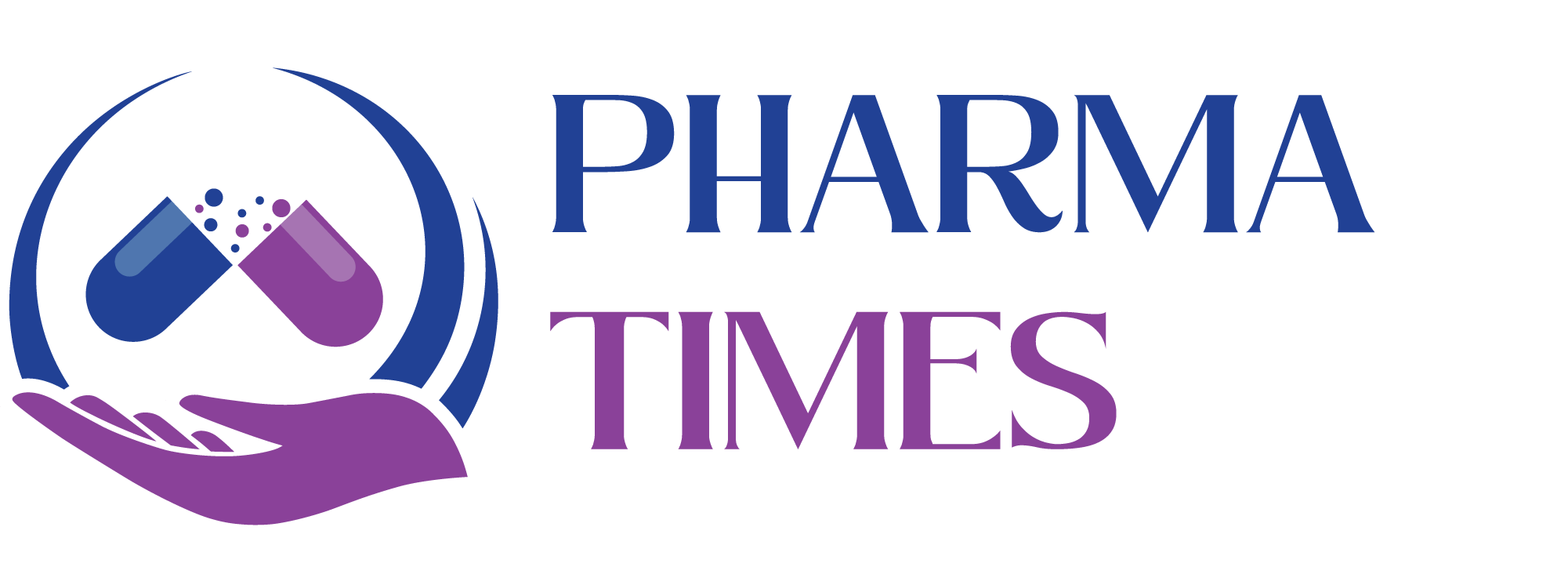A Brief Description of the Entire Audit Process in Pharmaceuticals

A Brief Description of the Entire Audit Process in Pharmaceuticals
Audits in the pharmaceutical industry are essential for ensuring compliance with cGMP, regulatory requirements, and internal quality standards. They help identify risks, gaps, and opportunities for improvement.
1. Audit Planning
-
Define the scope, objectives, and criteria (e.g., GMP, SOPs, regulatory guidelines).
-
Prepare an audit plan with timelines, focus areas, and resources.
-
Select and train auditors (internal or external).
-
Notify auditees in advance (for scheduled audits).
2. Pre-Audit Preparation
-
Review previous audit reports, CAPAs, and compliance history.
-
Gather SOPs, policies, and regulatory guidelines relevant to the audit.
-
Develop checklists to ensure systematic coverage of all areas.
3. Opening Meeting
-
Introduce the audit team and auditees.
-
Explain the purpose, scope, methodology, and schedule.
-
Establish communication protocols during the audit.
4. Audit Execution (On-Site or Remote)
-
Inspect facilities, equipment, processes, and documentation.
-
Interview employees to verify their knowledge of GMP and SOPs.
-
Review batch records, logbooks, calibration, training files, deviations, and CAPAs.
-
Collect objective evidence (observations, documents, records).
-
Classify findings as compliant, minor observation, major non-conformance, or critical violation.
5. Daily Debriefs (Optional but Recommended)
-
Share preliminary observations with auditees.
-
Clarify evidence and avoid surprises in the closing meeting.
6. Closing Meeting
-
Present the audit findings to management.
-
Discuss non-conformities, observations, and strengths.
-
Ensure mutual understanding of findings (no disputes left unresolved).
-
Provide an initial timeframe for the audit report and corrective actions.
7. Audit Report Preparation
-
Document findings clearly, factually, and objectively.
-
Categorize issues by severity and regulatory impact.
-
Share the report with management and relevant departments.
8. Corrective and Preventive Actions (CAPA)
-
Auditee develops a CAPA plan addressing each observation.
-
Define root cause, corrective action, preventive action, and timelines.
-
Submit CAPA responses (usually within 15–30 days, depending on audit type).
9. Follow-Up and Closure
-
Verify implementation and effectiveness of CAPAs.
-
Conduct a follow-up audit if required.
-
Officially close the audit once compliance is achieved.
✅ Summary:
The pharmaceutical audit process flows from planning → execution → reporting → CAPA → follow-up → closure. Its ultimate goal is to ensure regulatory compliance, improve quality, and safeguard patient safety.
🎓 Discover one of the best Complete Pharmaceutical Quality Assurance Course available —click below to explore the course that’s shaping future in QA Course skills.

